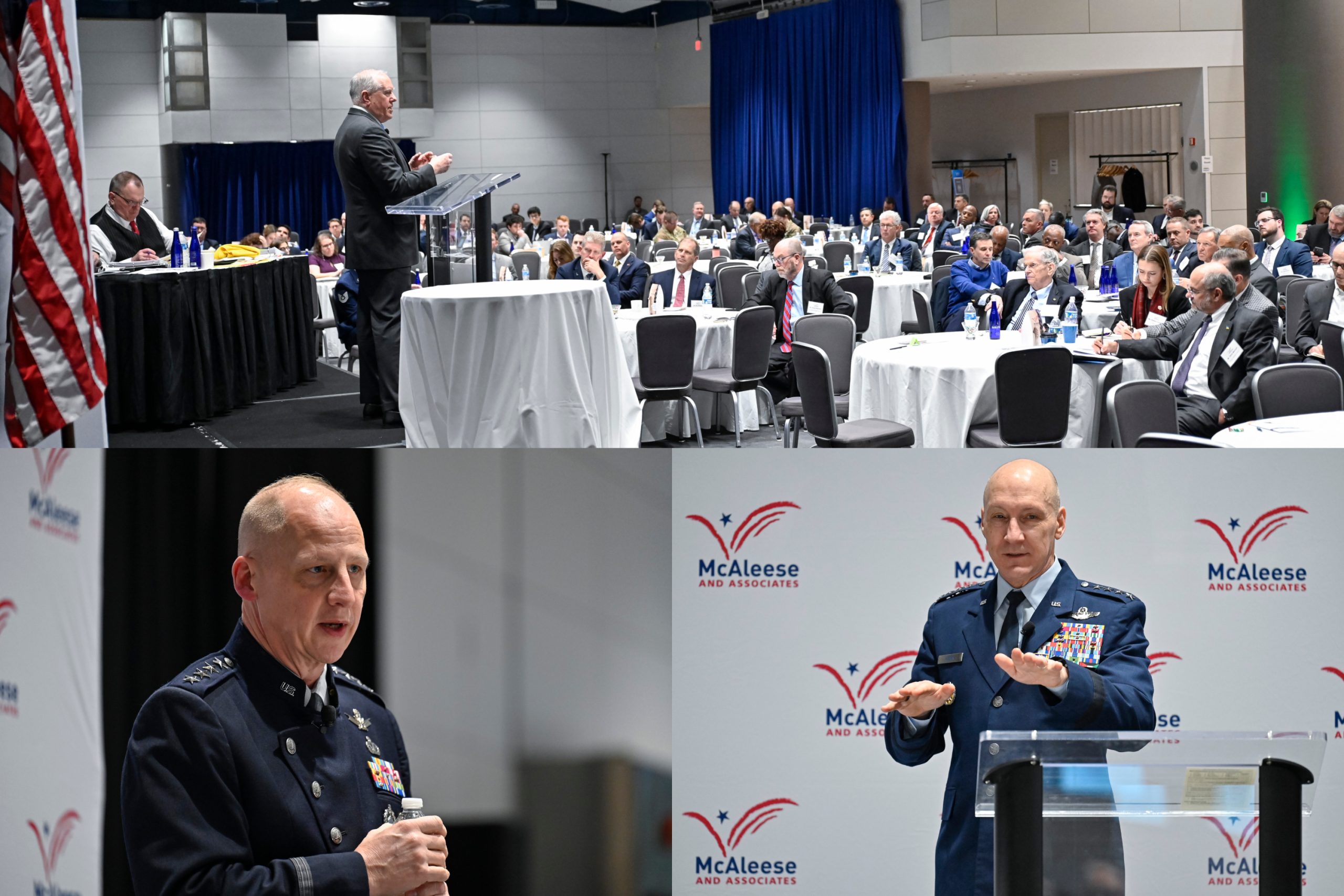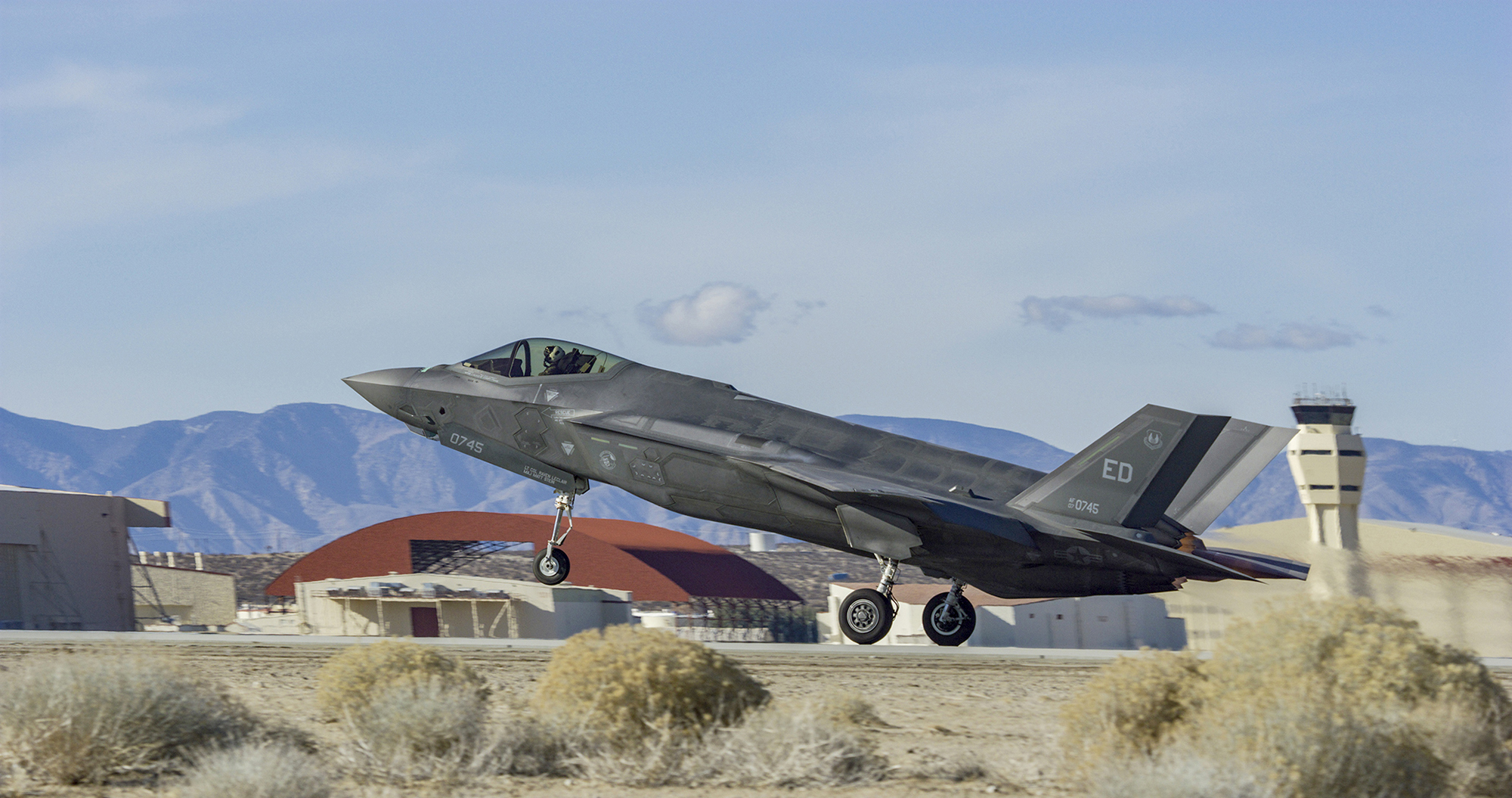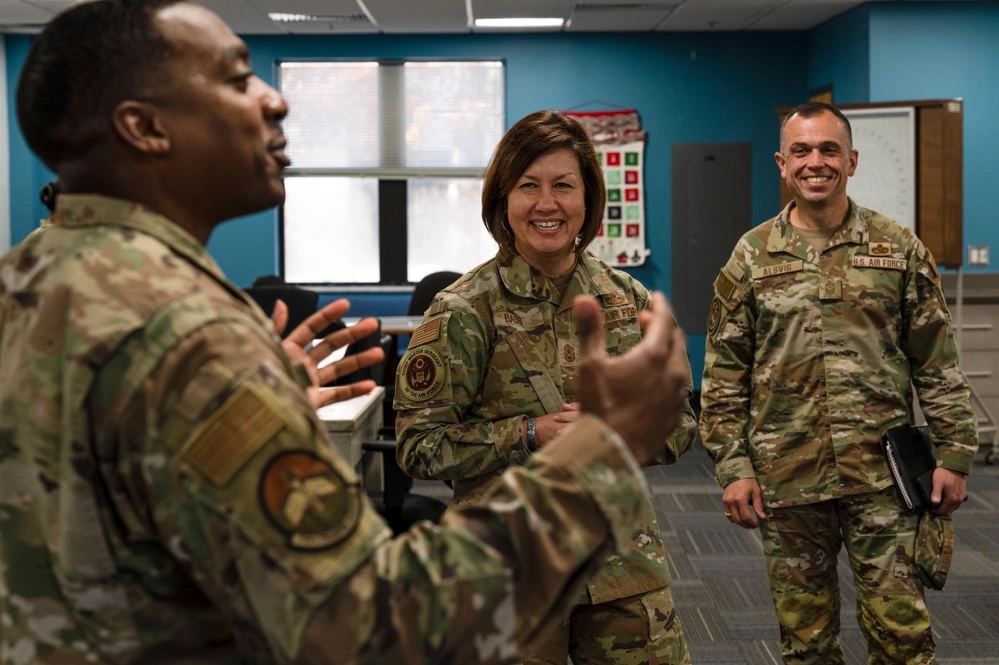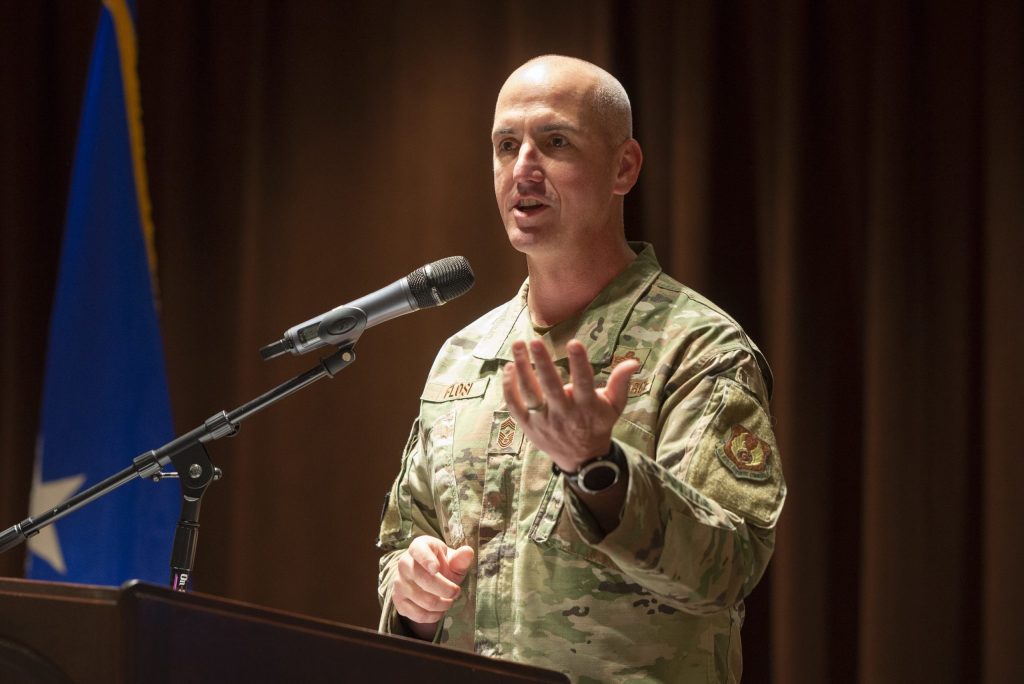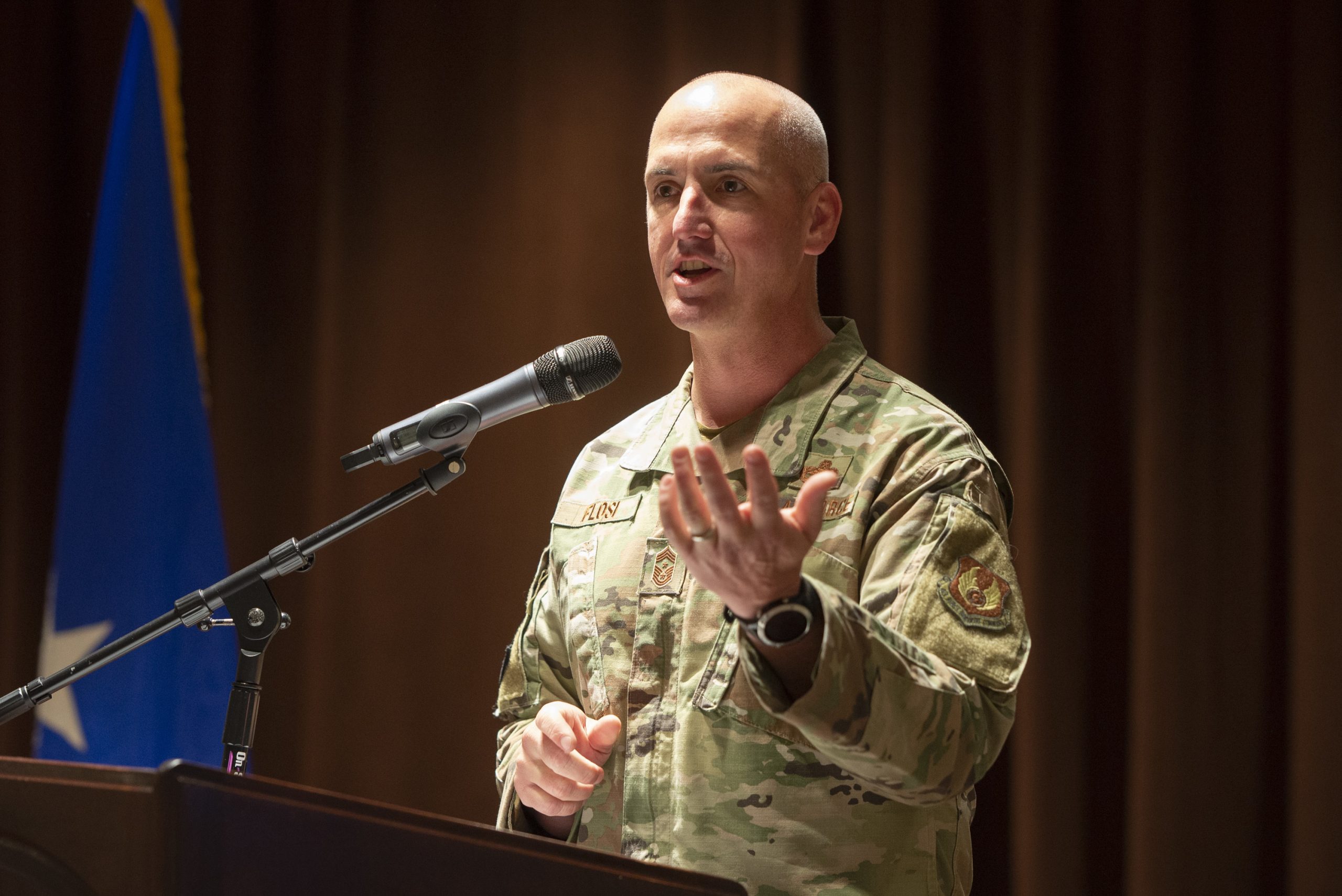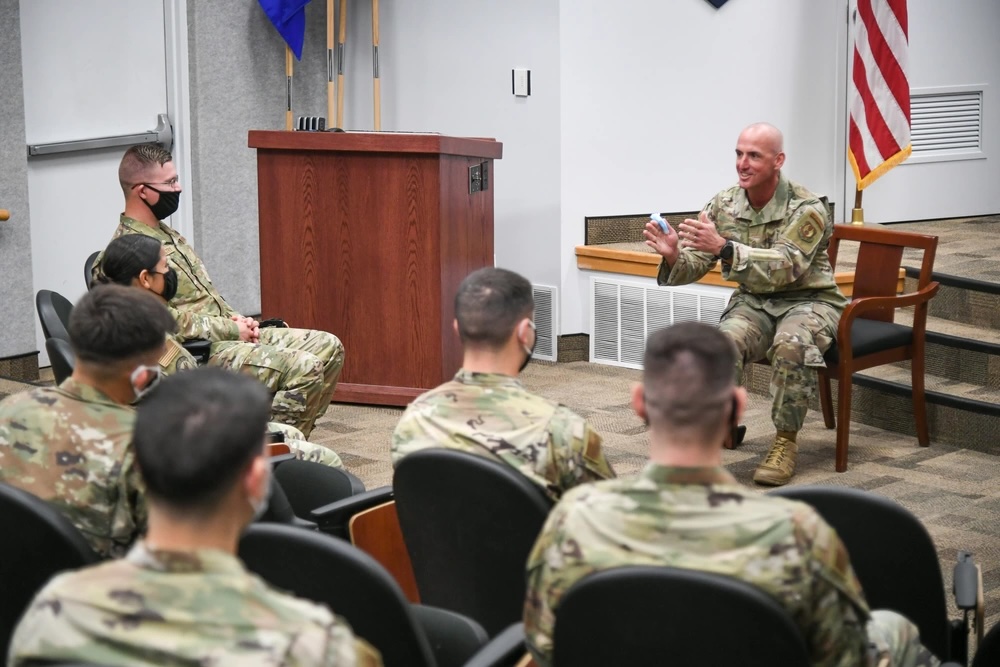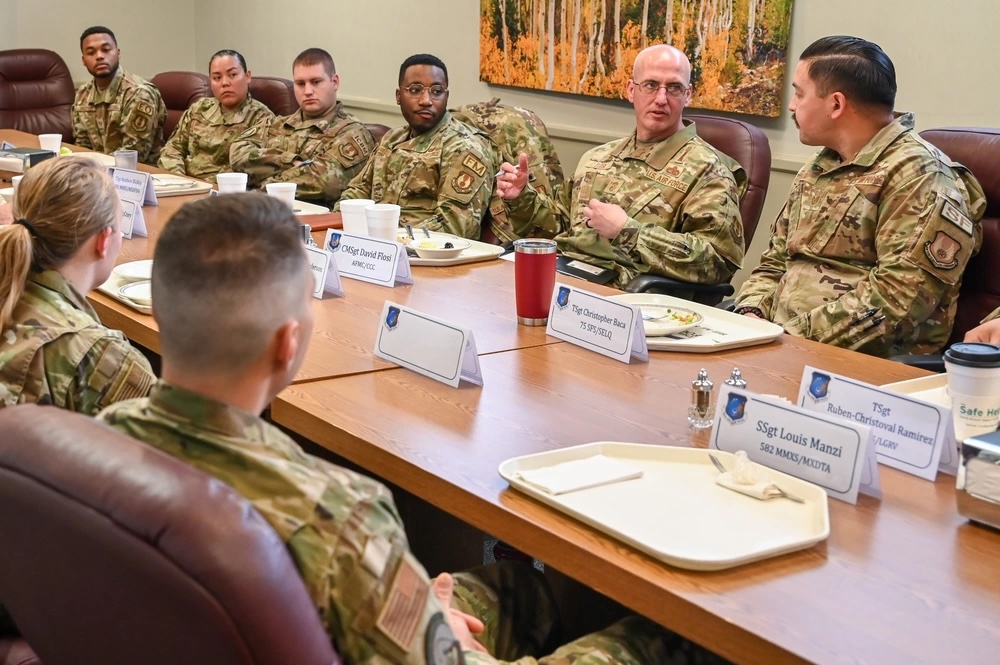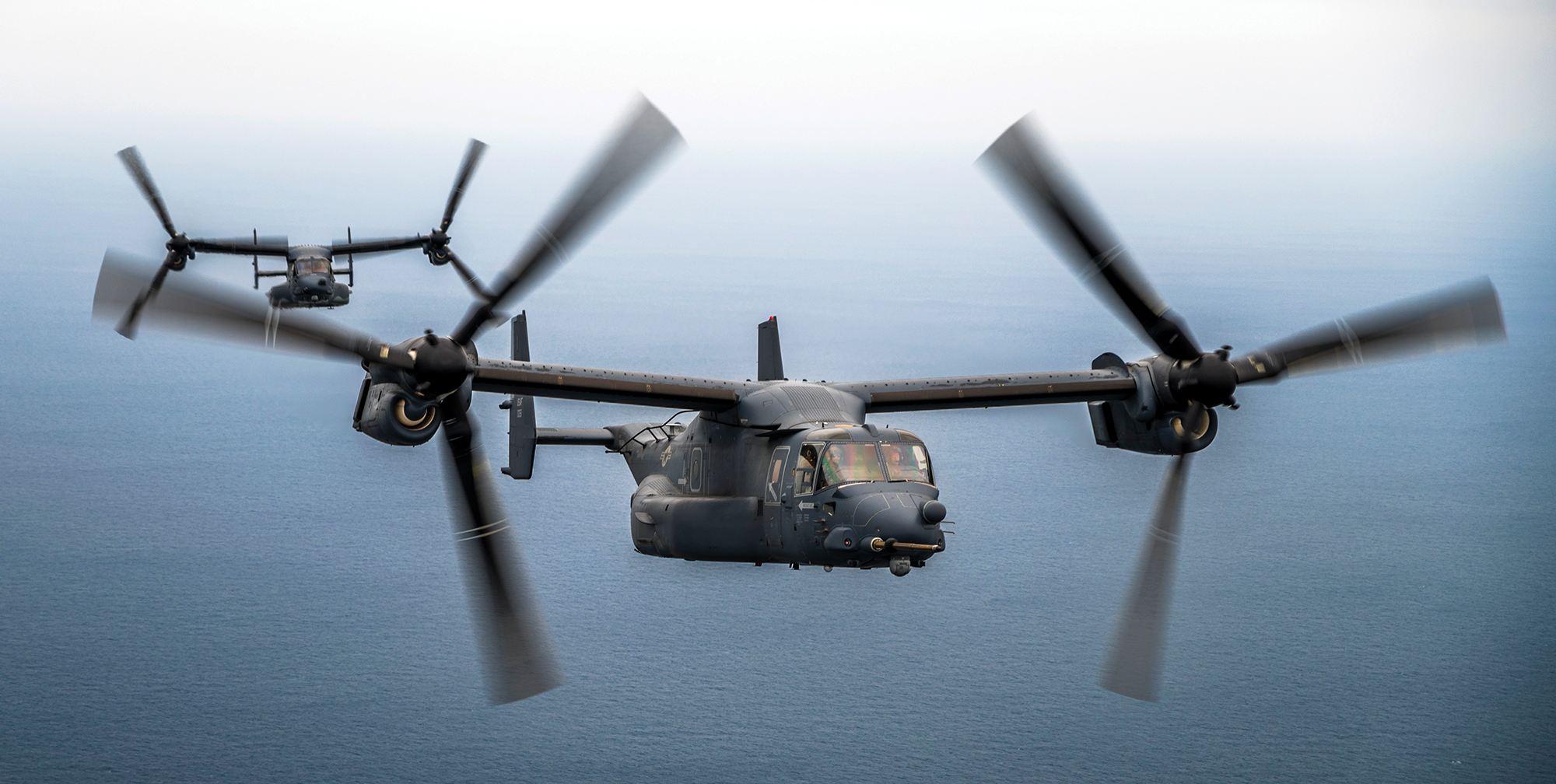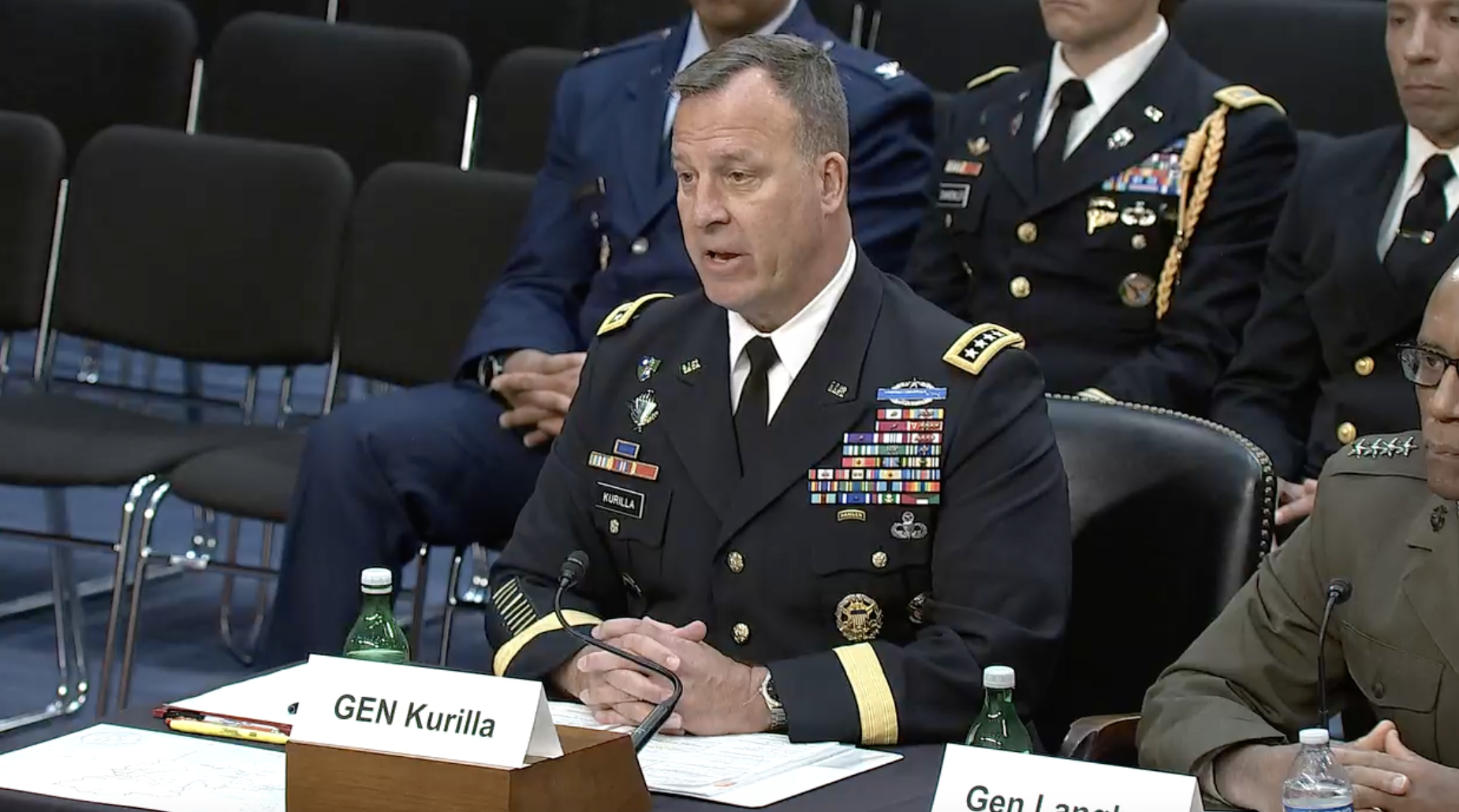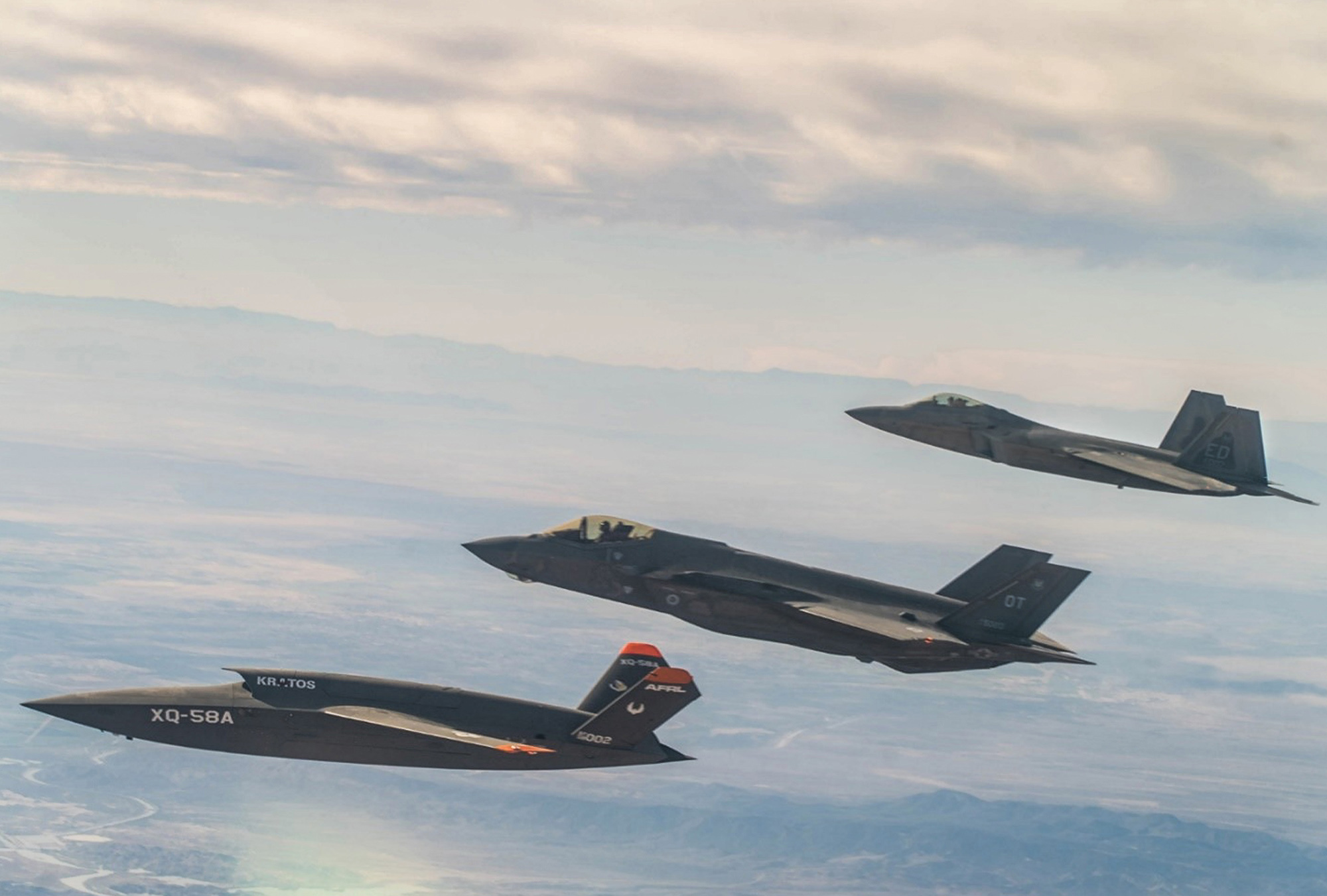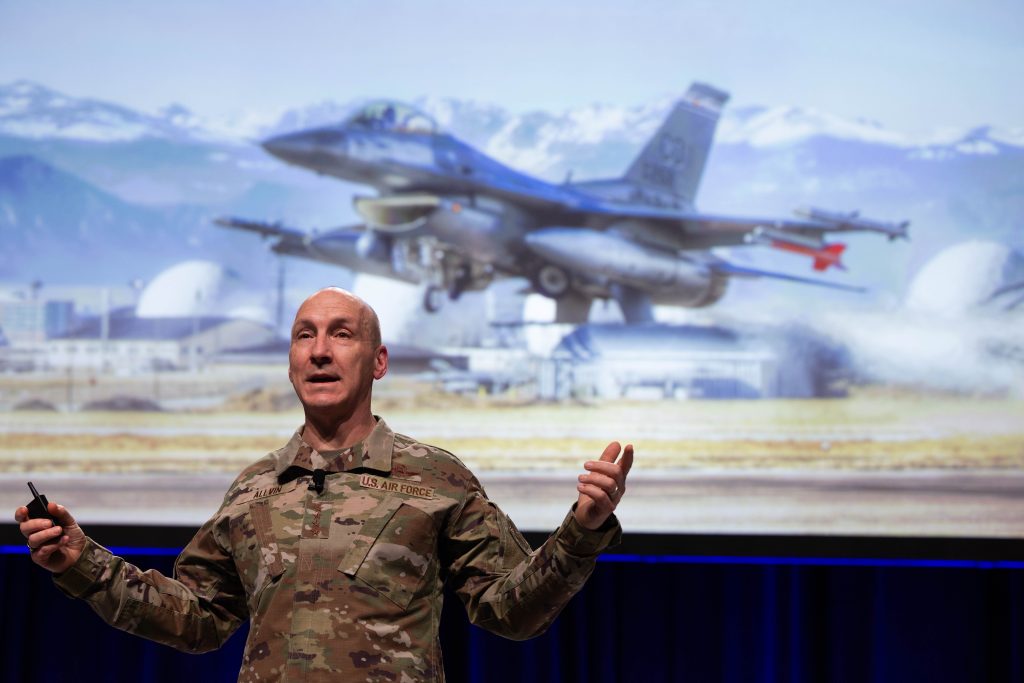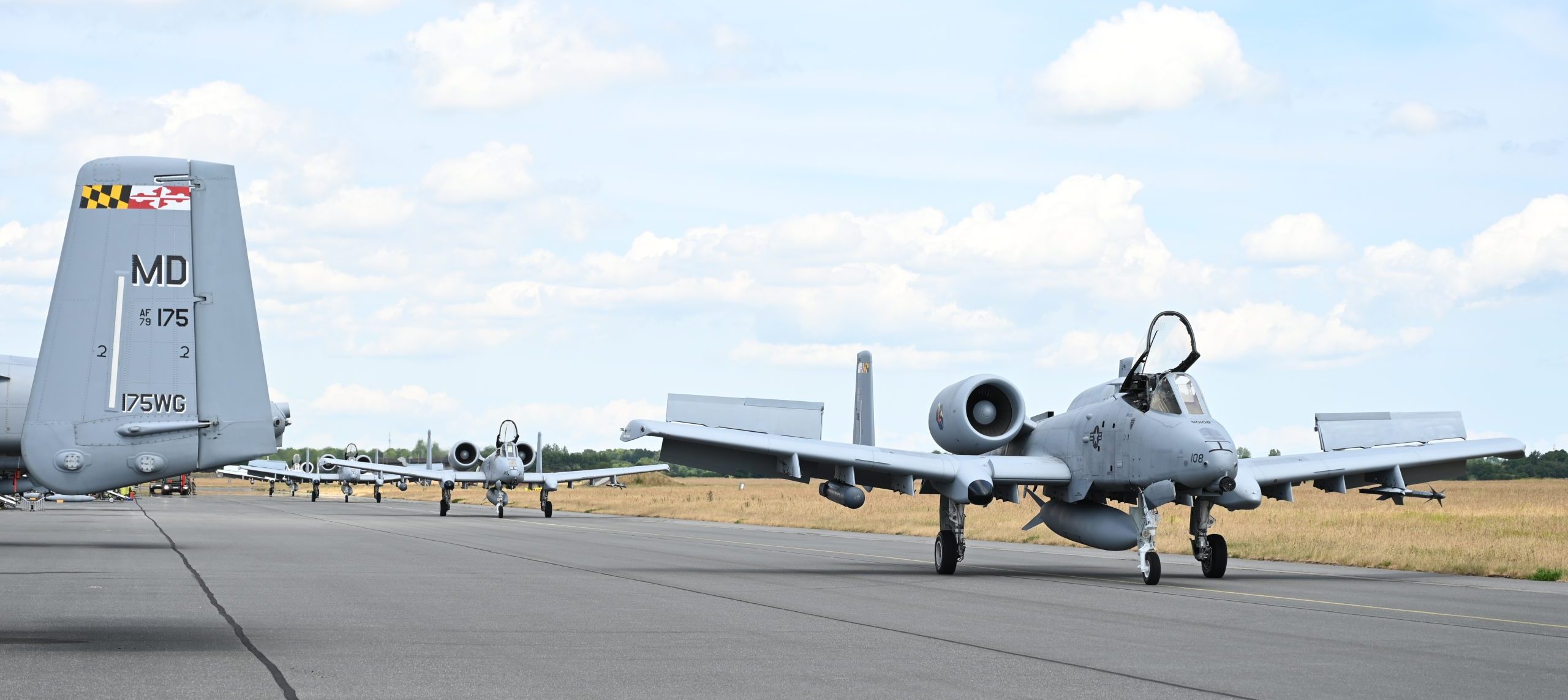Ahead of the Pentagon’s fiscal 2025 budget rollout March 11, Department of the Air Force leaders warned of a “unsatisfying,” “difficult,” and “resource-constrained” request that had to be adjusted due to spending caps—with particular concern for the still-growing Space Force.
Secretary of the Air Force Frank Kendall, senior acquisition executive Andrew P. Hunter, Air Force Chief of Staff Gen. David W. Allvin, and Vice Chief of Space Operations Gen. Michael A. Guetlein all spoke at the annual McAleese defense programs conference on March 7, and while none laid out specific numbers ahead of the budget request rollout, each acknowledged that the Air Force and Space Force did not get all they wanted or needed.
“We were limited by the Fiscal Responsibility Act,” Kendall said, referring to legislation passed last summer that capped discretionary spending across the board for fiscal 2025 and 2026. “There was not an opportunity, as we went through building our budget for 2025, for us to really do large tradeoffs and aspire for additional money. We had a zero-sum game. And so it was constrained. It was not to the level that we had anticipated might be possible for us to budget to the year before.”
Both Kendall and Hunter noted that the spending caps’ impact had to be mostly absorbed by readiness and modernization accounts, forcing leaders to make difficult decisions about what programs to prioritize and whether to lean more heavily toward future capabilities or current operations.
But those choices were particularly rough for the newer of the department’s two services.
“There’s virtually no opportunity to make that tradeoff in the Space Force,” Kendall said. “The Space Force is about 65 percent R&D. There just really wasn’t anything you could trade off to protect the R&D.”
Guetlein also referenced the Space Force’s reliance on research money when discussing the ongoing struggle in Congress to pass a fiscal 2024 budget—the service requested a 15 percent budget increase for 2024 but still hasn’t seen those additional funds.
The 2025 budget seems highly unlikely to feature a similar increase. Acting Air Force undersecretary Kristyn E. Jones warned as much last month, and Guetlein noted in his remarks that “space is huge, and the Space Force is resource constrained.”
“We must ensure we are properly resourcing the Space Force for competitive endurance to ensure we can guarantee space superiority well into the future,” he later added. “Today’s Space Force is a bargain. But tomorrow’s Space Force requires a ruthless prioritization of resources to ensure we can continue to enjoy the freedom of action and space that we’ve all come to depend on.”
Guetlein’s urgency to resource the Space Force was echoed by Kendall, who warned that the young service finds itself in a precarious position after its first few years of growth.
“I am more worried about the Space Force right now than I am about the Air Force,” he said. “The Air Force has a large installed base, it’s got a lot of existing capital investment. It’s got a lot that it can capitalize on. I know that [Chief of Space Operations Gen. B. Chance] Saltzman talks about this a lot … we’re a nation that had a merchant marine and woke up one day and realized it needed a Navy. That’s the situation the Space Force is in.
“And so we’ve got to transform our space capabilities from peacetime capabilities for a benign space environment to warfighting capabilities. We’ve got to do that both for the services that the Space Force provides to the joint force, and we’ve also got to protect the joint force from the other side’s space assets which are proliferating. We’ve got a big problem there, and of the two services right now, the one I’m more worried about within the Department of Air Force is the Space Force.”
Yet the Air Force is not in the clear either. Allvin noted in his address that the budget submission “will likely be unsatisfying to all, including us.” While the service’s priorities for modernization haven’t changed, he added, their plan to achieve them has been stymied in some ways.
“Our wonderful plan that we’re getting ready to resource, there are cost increases, macroeconomic factors, there are world actors that aren’t behaving and aren’t letting us proceed a pace with the plan that we had to modernize our Air Force and move forward into the future,” he said.
